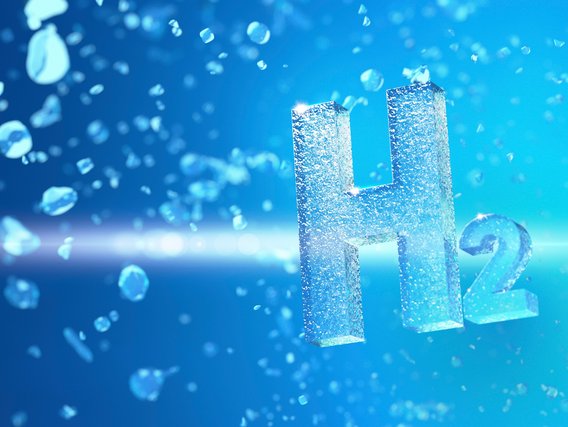
What are the characteristics of hydrogen?
Hydrogen (H2) is a non-toxic gas that has neither colour nor odour. However, hydrogen is highly flammable. It must therefore be kept out of the reach of children. Appropriate containers should be stored in a well-ventilated place. It is also important to keep hydrogen away from sources of ignition and to take measures against electrostatic charging. Complications can occur if high concentrations are inhaled - but this is due to a lack of oxygen (O2). The complications range from movement disorders and unconsciousness to the risk of suffocation. Hydrogen also poses no cancer risk and is not self-igniting. With a density of 0.0899 g/l (0°C), hydrogen is around 14 times lighter than air. Due to its high diffusion speed, it spreads quickly in all directions and mixes rapidly with air.
The density of liquid hydrogen is 70.99 g/litre. Hydrogen also accounts for 11.2 % of the weight of water. Its melting point is -259.125 °C and its boiling point is -252.882 °C. 2.8 kilograms of petrol or 2.1 kilograms of natural gas contain as much energy as one kilogram of hydrogen, if you consider the lower calorific value. In other words, given its properties, hydrogen has the highest energy density by mass of all common fuels. The volume-related energy density of liquid hydrogen is only around 1/3 of that of natural gas and 1/4 of that of petrol.
